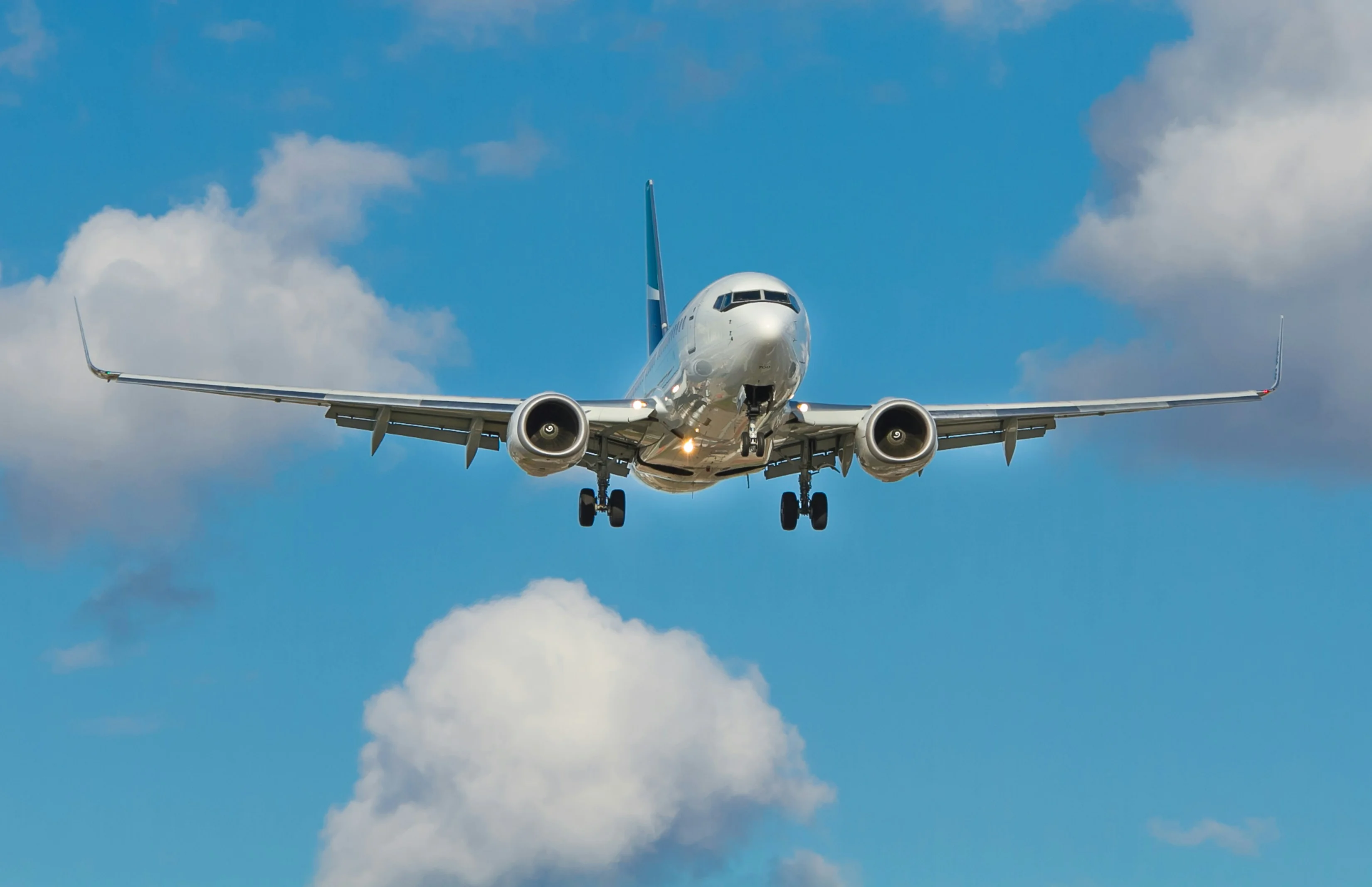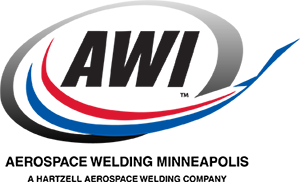
This is the fifth of several articles in a series discussing the various types of pilot certifications. Each type of pilot certificate has different eligibility, training, experience, and testing requirements. Certificates sometimes have privileges and limitations under 14 CFR part 61 and part 91.
According to the Pilot’s Handbook of Aeronautical Knowledge:
- Privileges—define where and when the pilot may fly, with whom they may fly, the purpose of the flight, and the type of aircraft they are allowed to fly.
- Limitations—the FAA may impose limitations on a pilot certificate if, during training or the practical test, the pilot does not demonstrate all skills necessary to exercise all privileges of a privilege level, category, class, or type rating.
Endorsements are a form of written authorization that show the certificate holder has received training in specific skill areas, such as aircraft type. Endorsements are typically written and signed by a certified flight instructor (CFI) or check airman.
Airline Transport Pilot (ATP) Certificate
The airline transport pilot (ATP) is the highest-level pilot certificate. In order to serve as either Pilot in Command (PIC) or Second in Command (SIC) of scheduled commercial airline operations, a pilot must possess an ATP certificate. To possess an ATP certificate a pilot must have a first class medical certificate.
Privileges
An ATP is entitled to the same privileges as a person who holds a commercial pilot certificate with an instrument rating. An ATP may also instruct other pilots in aircraft of the same category, class, and type for which the ATP is rated. An ATP may not instruct in aircraft, flight simulators, or flight training devices for more than 8 hours in any 24-consecutive-hour period; or for more than 36 hours in any 7-consecutive-day period.
Limitations
A person who holds an ATP certificate and is not at least 23 years of age cannot act as PIC in operations conducted under part 121, or as SIC in operations requiring three or more pilots.
An ATP certificate holder must have a minimum of 1,500 flight hours, be at least 23 years of age, be able to read, speak, write, and understand the English language, and be “of good moral standing.” Pilots may obtain a restricted ATP certificate but must be a minimum of 21 years of age. The minimum flight hour requirement is reduced based upon specific academic and flight training experience.
Written by Engine Sales Representative, Joshua Denton
YOU MAY ALSO LIKE:
Understanding the Aircraft Spark Plug - When it comes to the intricate machinery of aircraft engines, even the smallest components play a crucial role.
A Pilot's Guide to Pre-Flight Checks - This guide provides an in-depth exploration of the nuances and intricacies of pre-flight inspections, empowering you to perform them with absolute confidence.
Pilot Certifications Part 1: Sport Pilot Certificate - Each type of pilot certificate has different eligibility, training, experience, and testing requirements.
*SHOP ENGINE PARTS HERE!*
Find What You Need at Air Power Inc.!
Questions? Our team is ready to assist you anytime. Your aviation success starts at Air Power!
CONTACT US






